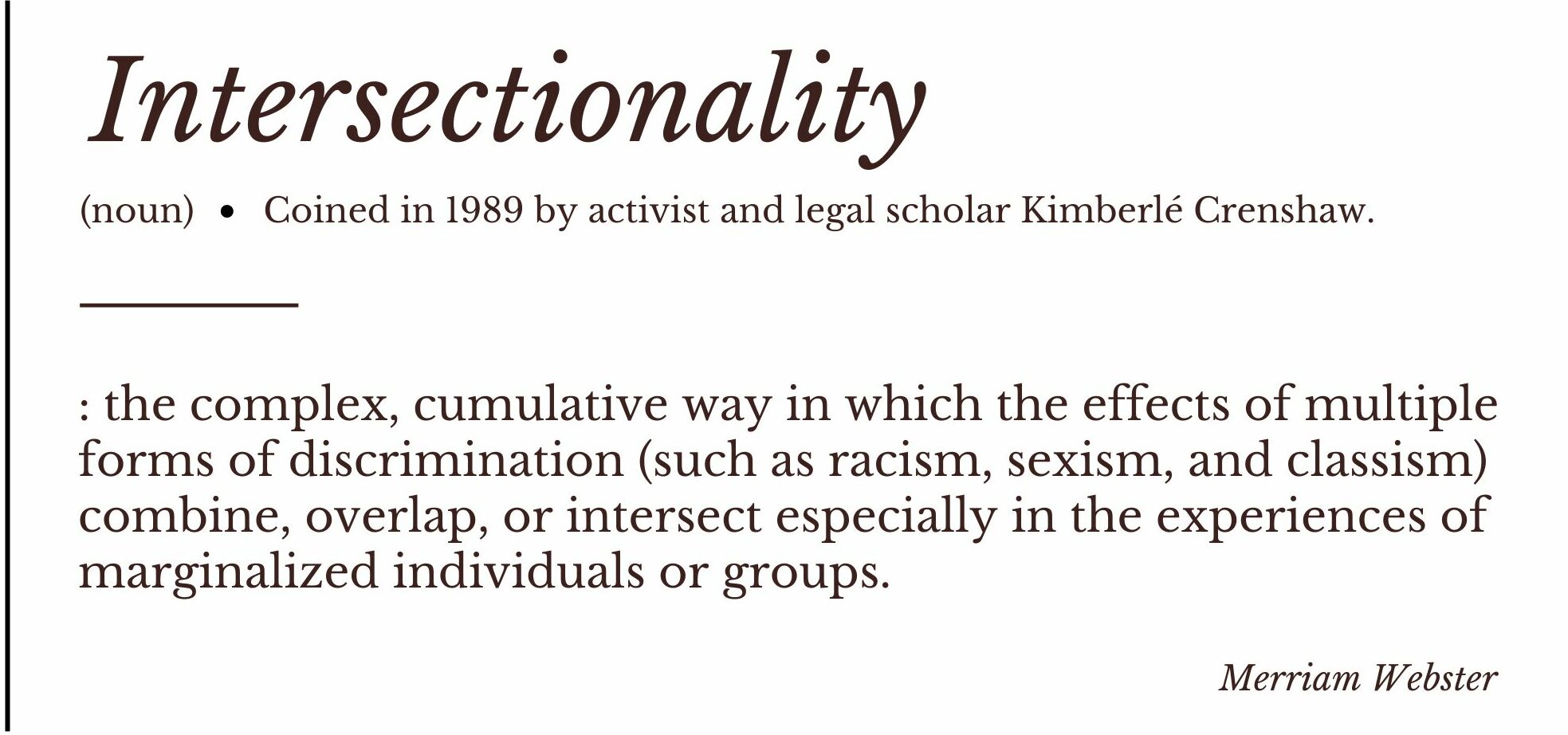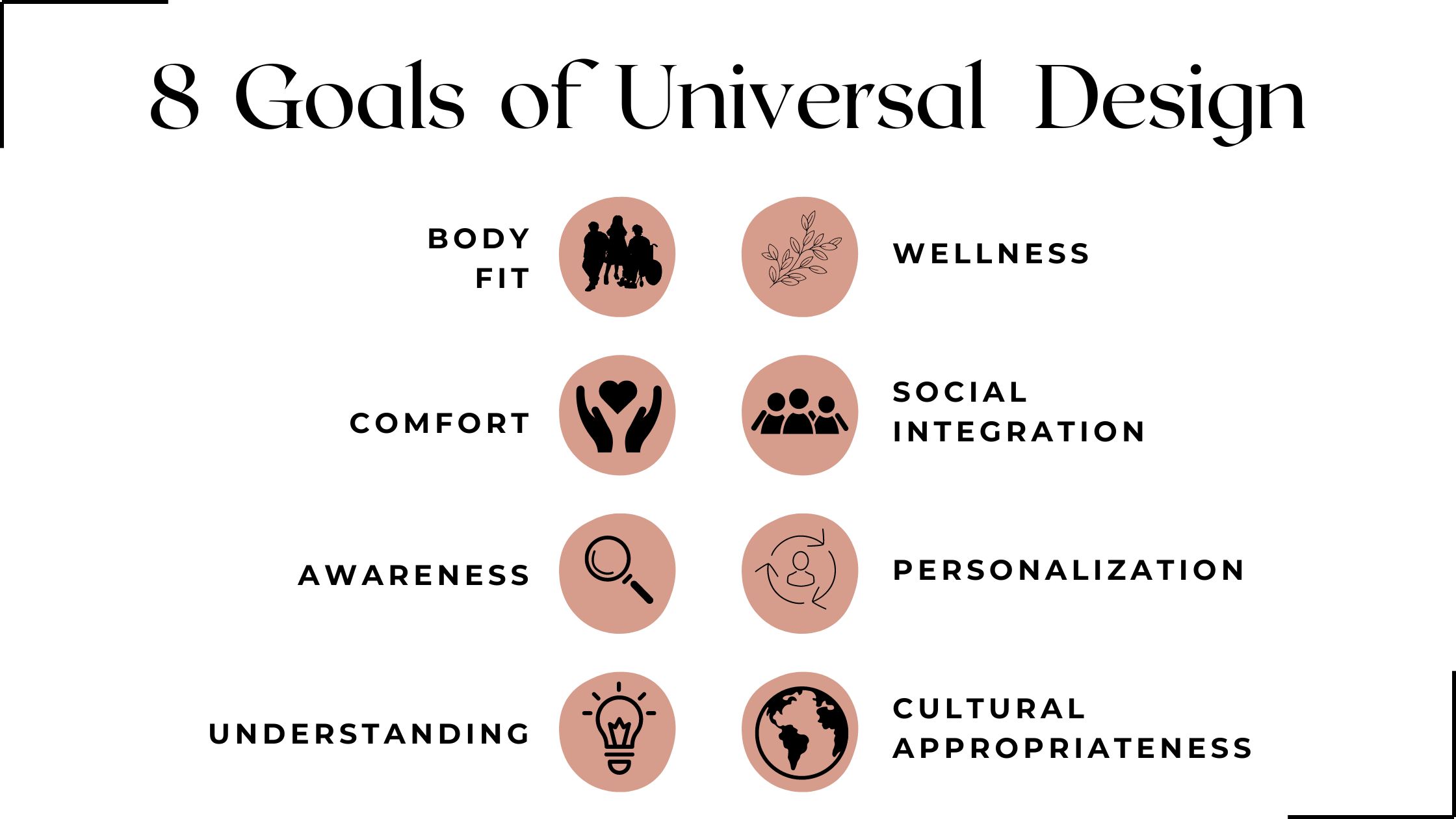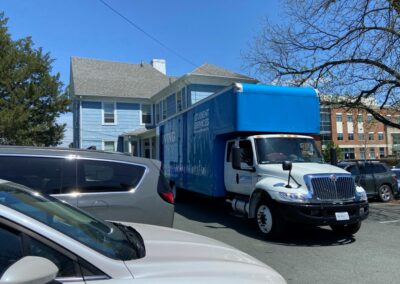By Aliyah D. White
Inclusivity and diversity are buzzwords that have continued to gain traction in the design world. However, issues such as race, gender, and ability are often distinctly separated, resulting in the unique problems of people who belong to more than one marginalized group being glossed over. Acknowledging the intersectionality of these issues can develop ways to better identify and intervene for the benefit of all people using a given space.
Intersectionality
The term intersectionality was created in 1989 by activist and legal scholar Kimberlé Crenshaw to illustrate the way an individual’s characteristics such as race, gender, class, and sexual orientation can overlap and influence their lived experiences. Merriam-Webster defines intersectionality as, “the complex, cumulative way in which the effects of multiple forms of discrimination (such as racism, sexism, and classism) combine, overlap, or intersect especially in the experiences of marginalized individuals or groups.”

As a theory, intersectionality is not as much about having control over identity and expression as it is about the negative effects systemic discrimination has on people who lay at the intersection of multiple groups. Addressing intersectionality in the design process provides the opportunity to consider all users, give great care for who is at an advantage or disadvantage in each space, and figure out how we can level the playing field.
Architecture through the lens of Intersectionality
As architects, it is critical that we acknowledge how limited our own perspectives can be when tackling these problems. It is important to lead with empathy and consult with people who have differing views from our own. No amount of research into an issue can amount to collaborating with people who have that lived experience and know exactly what insights and recommendations will be most helpful. This is the most important part of creating a more inclusive future.
When thinking about increasing the inclusivity of the spaces we design, The University of Buffalo’s Center for Inclusive Design and Environmental Access has created an intriguing methodology called their “8 Goals of Universal Design”. They are as follows:
- Body Fit – accommodating a wide range of body sizes and abilities.
- Comfort – keeping demands within desirable limits of body function and perception.
- Awareness – ensuring that critical information for use is easily perceived.
- Understanding – making methods of operation and use intuitive, clear, and unambiguous.
- Wellness – contributing to health promotion, avoidance of disease, and protection from hazards.
- Social Integration – treating all groups with dignity and respect.
- Personalization – incorporating opportunities for choice and the expression of individual preferences.
- Cultural Appropriateness – respecting and reinforcing cultural values, and the social and environmental contexts of any design project.

Consideration
At the heart of inclusive design is consideration. Often, we find that one simple change to make a space more accessible to one group will benefit other groups as well. Within our own firm, we have designers who come from various backgrounds and lived experiences. Designing spaces that we can all enjoy is a top priority for us and implementing practices such as sustainability and accessibility is just the tip of the iceberg of what we can do for our communities to create environments that all kinds of people can comfortably inhabit.




